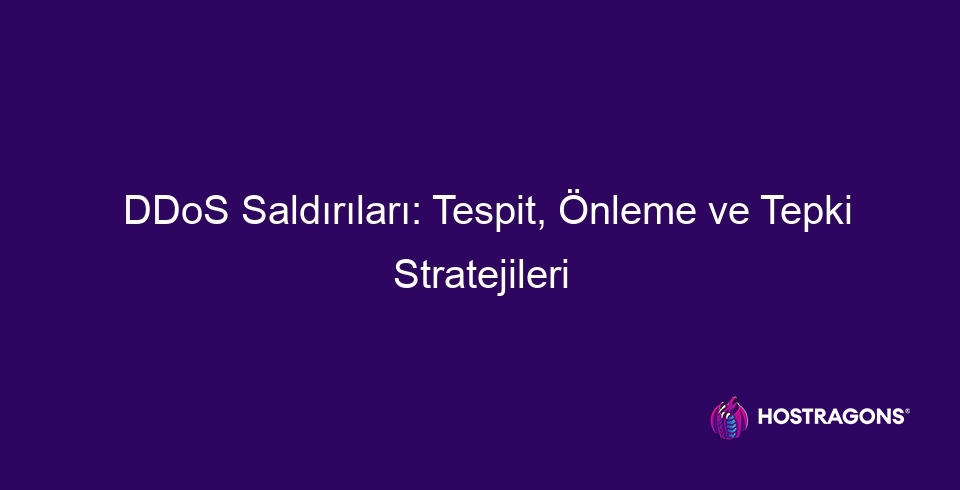 Sep 12, 2025
Sep 12, 2025
Biometric Authentication Technologies and Their Security Implications
This blog post comprehensively examines the currently widespread biometric authentication technologies. It explains the definition, history, and evolution of biometric authentication, while also addressing different types of biometric identification, such as fingerprint, facial recognition, and iris scanning. The post details the advantages and disadvantages of this technology, its operating mechanism, and various application areas. Security risks and legal regulations are discussed, and trends and predictions for the future of biometric authentication are presented. Finally, the potential of biometric identification systems and key considerations are highlighted, highlighting developments in this field. What is Biometric Authentication? Definition and Basic Information Biometric authentication is the process of identifying individuals using physical or behavioral characteristics...
Continue reading











